At the recent Ground Robotics Capability Conference (GRCC), I surveyed a number of vendors about what was on their mind. I read them a list of topics that are frequently covered in OCU Pro newsletters as well as AMREL’s corporate blog.
By far, one topic elicited more interest than any other: interoperability. On one hand, I was pleased. AMREL has been a leader for developing solutions that have the ability to “… to work with or use the parts or equipment of another system” (Merriam-Webster definition). For example, our Flexpedient® Solutions enable kit building of Operator Control Units with common control capabilities.

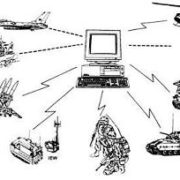
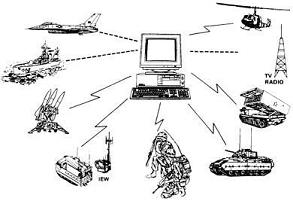





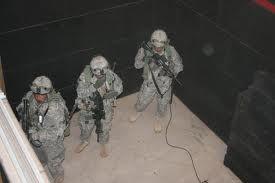

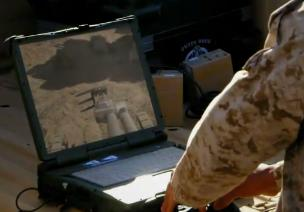
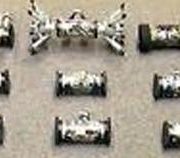
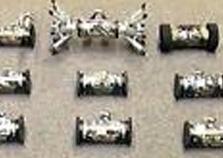


 “DoD will manage the force in ways that protect its ability to regenerate capabilities that might be needed to meet future, unforeseen demands, maintaining intellectual capital and rank structure that could be called upon to expand key elements of the force.”
“DoD will manage the force in ways that protect its ability to regenerate capabilities that might be needed to meet future, unforeseen demands, maintaining intellectual capital and rank structure that could be called upon to expand key elements of the force.”

